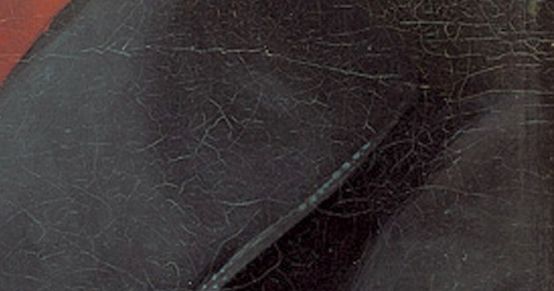Yorck March
Beethoven every Friday: to mark his 250th birthday, we take a look at one of his works every week. Today it's the March for Military Music No. 1 in F major WoO 18 "Yorckscher".

With all the music from Vienna, people tend to forget that there was a war in Europe at the beginning of the 19th century. Not everywhere and not everywhere at the same time, but for years. Unrest was caused by Napoleon, who first fought against Austria, then against Prussia, simultaneously on the Iberian Peninsula, finally against Russia and again against the allied troops in central Germany. The number of victims on each side ran into the hundreds of thousands, but in total into the millions. The Grande Armée shrank within a few months from the original 600,000 soldiers to a small remnant of 10,000 men. The victory of the Russian troops only went down in musical history decades later with Tchaikovsky's Ouverture solennelle 1812 the Battle of Vitoria in Spain (1813), Beethoven created in Wellington's victory op. 91 immediately after the battle. In contrast, the numerous compositions by many contemporaries for the decisive battle at Leipzig (1813) have long been forgotten today.
However, Beethoven could not and did not want to escape the demands of the Viennese "home front" and supported the troops' morale with several marches in 1809/10. The one in F major (WoO 18) was initially only written down for small harmony music and dedicated to Archduke Anton Viktor Joseph of Austria and thus to the Hoch- und Deutschmeister regiment. However, Beethoven then changed his mind and dedicated the few bars in the manuscript to the Bohemian Landwehr (an infantry regiment formed as the last reserve). In the meantime, the march was used as "carousel music" for a horse show in the palace gardens of Laxenburg, which Beethoven commented on ironically: "I want to see if this allows the riders to do a few deft somersaults." However, the play only became truly famous when it was performed in the 1817/18 Royal Prussian Army March Collection for "Turkish music" - and appeared there as a reverence to a unit commanded by Ludwig Graf York von Wartenburg without the composer's involvement as a March of the York Corps 1813 was labeled.
Compositionally, Beethoven also ennobled this occasional work. The motivic nucleus is the upbeat anapaestic rhythm on a single note. This is followed by sequences that systematically expand the tonal space in the opening movement, first to the second, then via the third to the fourth, while the second movement is led melodically from the fifth via the sixth to the dominant. In the second part, after the motif has been condensed, it is even resolved - including several pauses that are highly dangerous for the military lockstep.
The fact that Beethoven subsequently added a trio to the march in 1822/23 has also remained largely hidden from civilian performance practice to this day.
Listen in!







